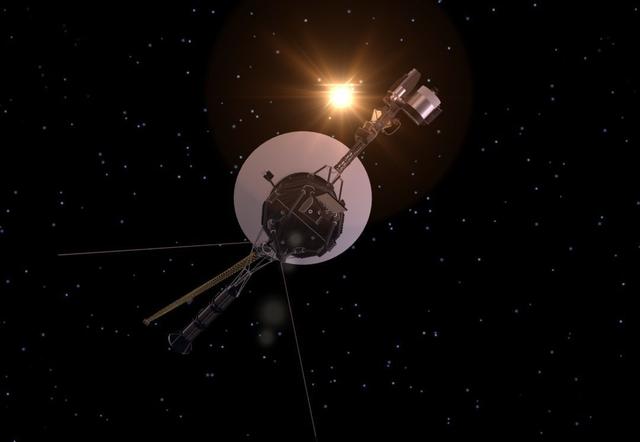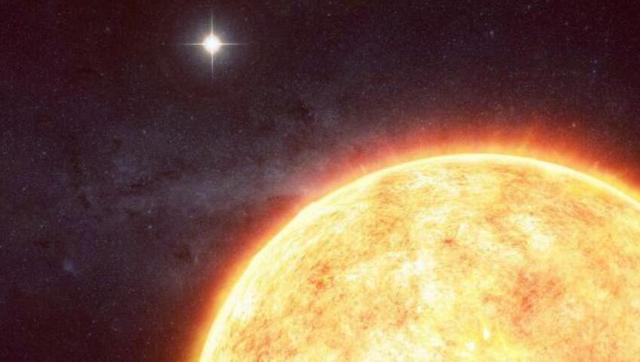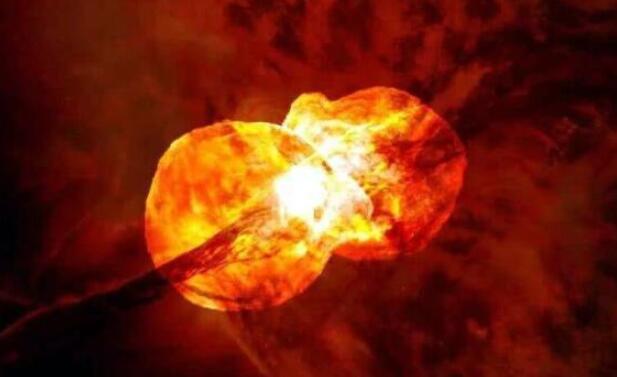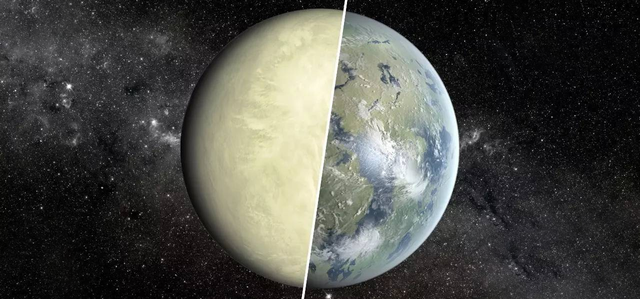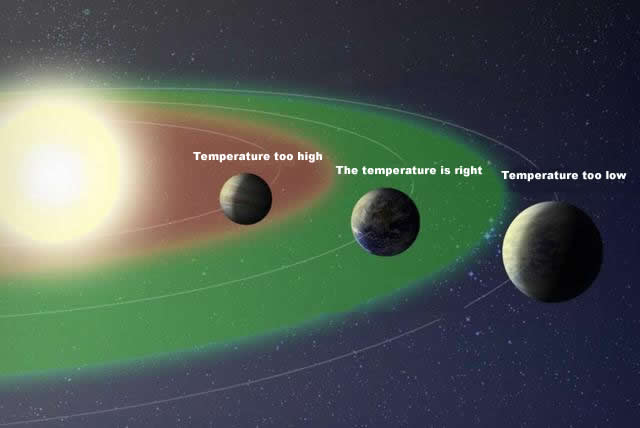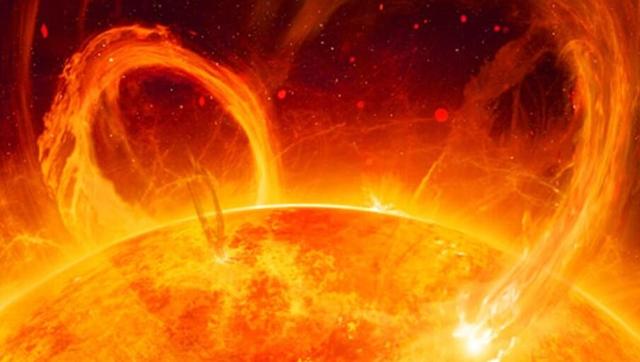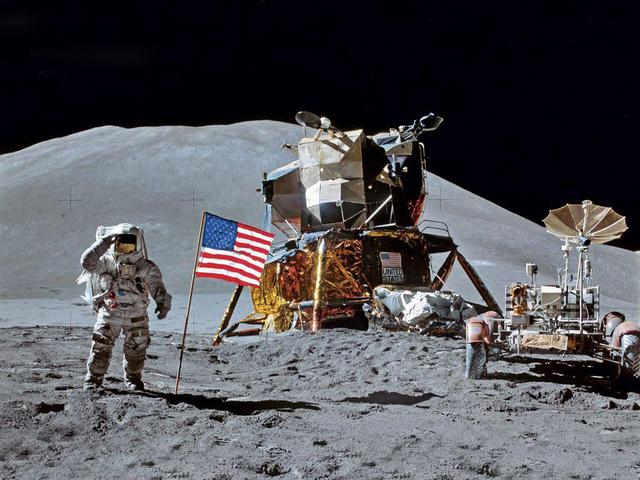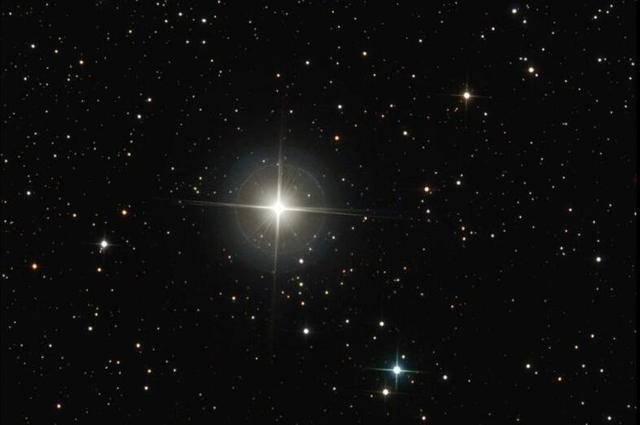If extraterrestrial life and alien civilizations exist, why can't we find them? In this regard, there are some views that our earth may be a "Zoo" For advanced civilizations, that is, the creatures on earth may be "Bred" By alien civilizations. Since they are more advanced than us, they can choose not to let us find them. There seems to be some truth to this idea.
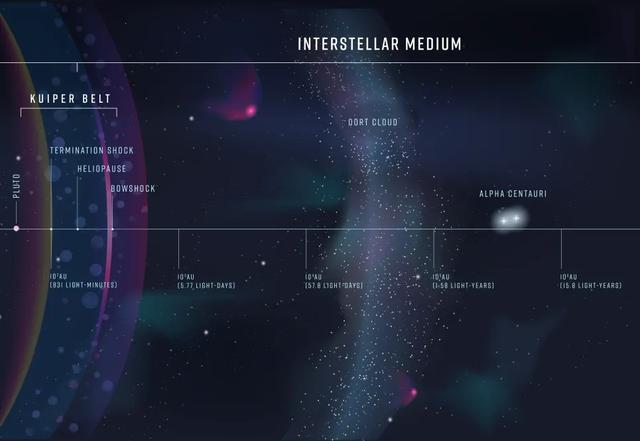
Because our solar system is so big, some people think that it may be a "Confinement" That "Traps" Us humans on earth or in the solar system. Although spaceflight has been developed for decades and we have already mastered the technology of human spaceflight, it is very difficult to leave the earth or the solar system. On the one hand, we must find a habitable planet to leave the earth, even to the solar system in the habitable zone of mars also need to fly half a year or more, if you want to leave the solar system, it is a long way off. As a very simple example, the farthest unmanned spacecraft has flown for more than 40 years, but has not even seen the edge of the solar system yet.
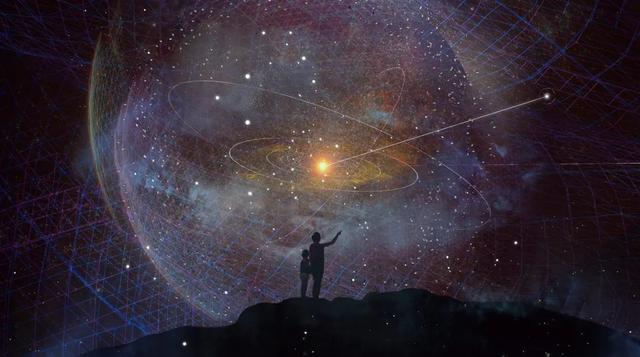
Voyager 1
The voyager 1 probe is better known because it is by far the farthest-flying interstellar probe launched by man.
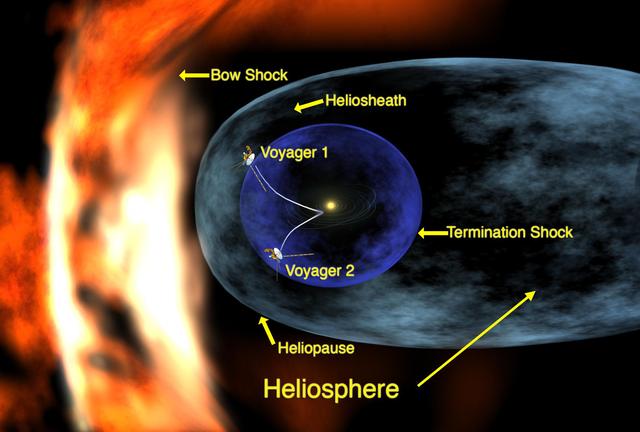
In the 1950s and 1960s, the united states and the former soviet union were in a race in the space field. In the early days, the former soviet union was in the upper hand because the world's first satellite, the first manned spacecraft, and the first lunar probe were all launched by the former soviet union, but later the united states reversed this situation in the apollo moon program, and the united states achieved the first manned moon landing in human history. After that the united states implemented many famous space exploration projects, such as the development of a reusable space shuttle and the launch of interplanetary probes to explore the gaseous planets of jupiter and saturn.
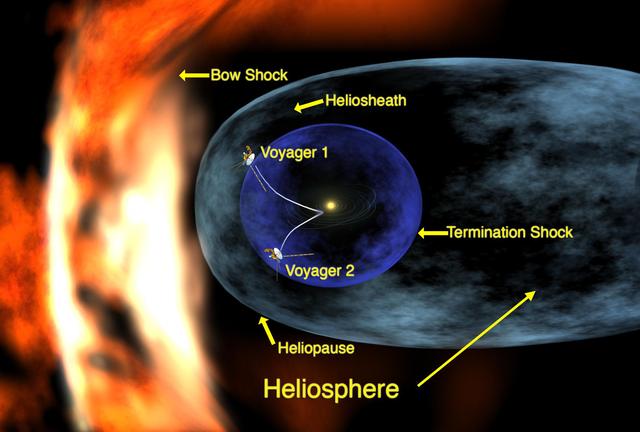
The united states launched the pioneer 10 and pioneer 11 probes in 1972 and 1973, respectively, which were aimed at exploring the gaseous planets of jupiter and saturn. In 1977, the voyager 2 and voyager 1 probes were launched, similar to the previous pioneer 10 and pioneer 11 probes, and the voyager series of probes also targeted the gaseous planets jupiter and saturn.

The voyager 1 probe was successfully launched on september 5, 1977, although it was launched about half a month after the voyager 2 probe, but after three months of flight, the voyager 1 probe caught up with the earlier voyager 2 probe in december 1977. The voyager 1 probe was even further ahead in the next flight, flying even further than the voyager 2 probe. This is because the voyager 2 probe's exploration target is more complex than the voyager 1 probe, voyager 1 probe just flew over jupiter and saturn to complete the set mission towards the outer solar system, while the voyager 2 probe not only explored jupiter and saturn, but also explored uranus and neptune, and flew towards the solar system much later.
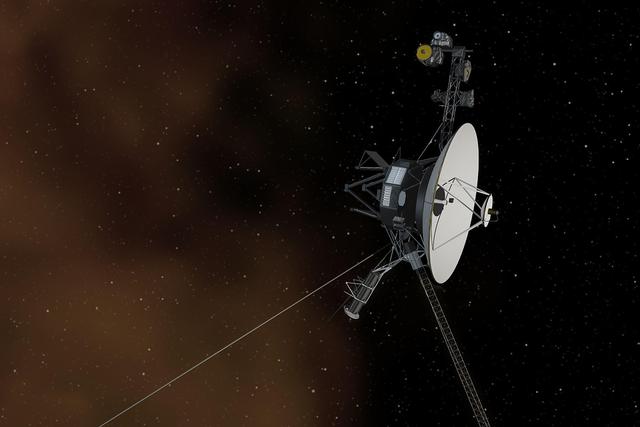
In march 1979, the voyager 1 probe successfully flew to the vicinity of jupiter. While flying at high speed from the vicinity of jupiter, the voyager 1 probe saw the aurora borealis on the back of jupiter, and in november 1980, the voyager 1 probe successfully reached the vicinity of saturn and took tens of thousands of color photos, giving us a glimpse of saturn.

To date, the voyager 1 probe has been flying for nearly 45 years. While a normal spacecraft would have completed its mission and lost contact long ago, the voyager 1 probe is still able to send back data. This is due to the fact that the voyager 1 probe carries three nuclear batteries, which are able to pass a constant source of energy for the voyager 1 probe and will not be affected by the reduced sunlight exposure like solar panels. Scientists predict that, as things stand, the voyager 1 probe's energy is expected to last until 2025, by which time the voyager 1 probe will be depleted and will never send back a message.

Returning a series of photos
During its flight to the depths of the universe, the voyager 1 probe collected a large amount of data that gave us a realistic view of the universe. For example, when the voyager 1 probe flew to the top of the heliosphere, the probe's low-energy charged particle instrument found that the velocity of these low-energy charged particles had dropped to zero by the time the stream of low-energy charged particles "Blown" By the sun reached voyager 1's position, and in february 2011, the voyager 1 probe found that the solar wind had begun to stall.

In addition to the data that could be collected, the voyager 1 probe carried a camera that could take pictures of the depths of the universe and was the first probe in human history to send back detailed pictures of jupiter, saturn, and their moons. On february 14, 1990, the voyager 1 probe also took a "Family portrait" Of the solar system, including the famous photo of the "Faint blue dot.

The voyager 1 probe was already 6.4 billion kilometers away from earth when it took the "Family photo" Of the solar system, so in the voyager 1 probe's field of view, the major objects in the solar system are very small, from the "Dull blue dot" In the photo, we can see that the earth is just an insignificant bright spot in the photo, which is only about 0.12 pixels of the photo.

This is what the earth looks like. At one time, we thought that the earth was the center of the universe, but the voyager 1 probe's photo taught us a lesson: The earth is just an insignificant planet in the vast universe, just like the small stars we see in the night sky, there is nothing special about it. There are also some people on the internet who lament that we humans, the earth is really too small, after seeing these images put some people into contemplation.
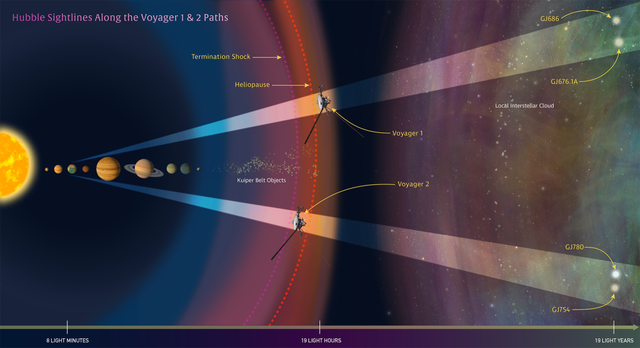
If only small, this is acceptable, it is difficult to accept that the voyager 1 probe has been flying for more than 40 years, the flight distance has reached more than 23 billion kilometers, flying for such a long time, such a long distance, voyager 1 probe but still can not see the edge of the solar system, let alone leave the solar system. Scientists expect that, according to the current speed and direction of flight of the voyager 1 probe, it will take another 73,600 years to pass proxima centauri. The flight experience of the voyager 1 probe tells us that the solar system is so big that it may be bigger than we can imagine, and it is really not an easy thing to leave the solar system. So some people think that we humans may be "Imprisoned" On earth, "Imprisoned" In the solarsystem.

